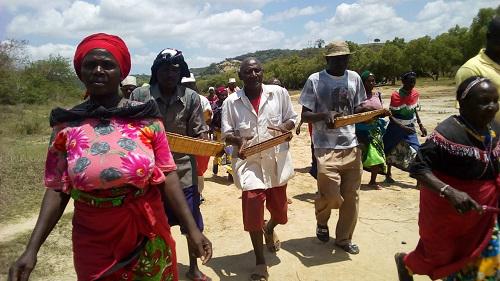Gilbert Nyabochwa Atuga
Other projects
25 Jul 2017
Mwache Mangrove Forest Regeneration: Integrated Approach to Restore Mangrove Habitat I
14 Nov 2022
Macroplastic Pollution in the Lower River Sabaki, and its Surrounding Environment: Its Influx to the Indian Ocean
Mangroves act as nursery grounds for fish, shoreline protection and ecotourism attraction. However these ecosystems are under threat due to human and natural factors. In Mwache alone 200 ha of mangroves died in 1997 to 1998 El-nino. Efforts to restore this forest have bore little fruits. The objective of this project is to further reinforce the concept from first phase of the project to regenerate mangroves by building with nature using brushwood groyne structures that provide necessary growth conditions which together with replanting will lead to self-regeneration of mangroves in a way that will protect the Ecosystem from future degradation. This is the second phase of the project and we generally aim to enhance sustainability of the restoration efforts, through continuous monitoring and evaluation with community participation, awareness creation, and stressors removal such as marine debris for improved restoration efforts.

Mangroves in Kenya are disappearing at an alarming rate. The most common method of regeneration of these forests in Kenya is through replanting. This approach is often not successful especially when reasons for mangrove degeneration were not removed prior to planting of new seedlings. This exacerbates the costs of planting with little success. However, when stressors are removed and suitable environmental conditions for mangrove growth are in place such as correct hydrology, calm area, erosion prevention and promotion of sediment deposition natural regeneration processes could recover mangroves from degradation. These therefore calls for creation of an enabling environment that can regenerate mangroves whereby obstacles are removed before replant. The objective of this project will be use of bush-wood groynes constructed from locally available materials to provide necessary conditions to attract mangrove recruits, and facilitate reestablishment and natural mangrove forest recovery with or without replanting. These structures provide favorable conditions by dissipating wave energy providing a calm area and stable substrate for mangroves growth. The work in the first phase received high community acceptance and participation hence need for its continuity for sustainability.
